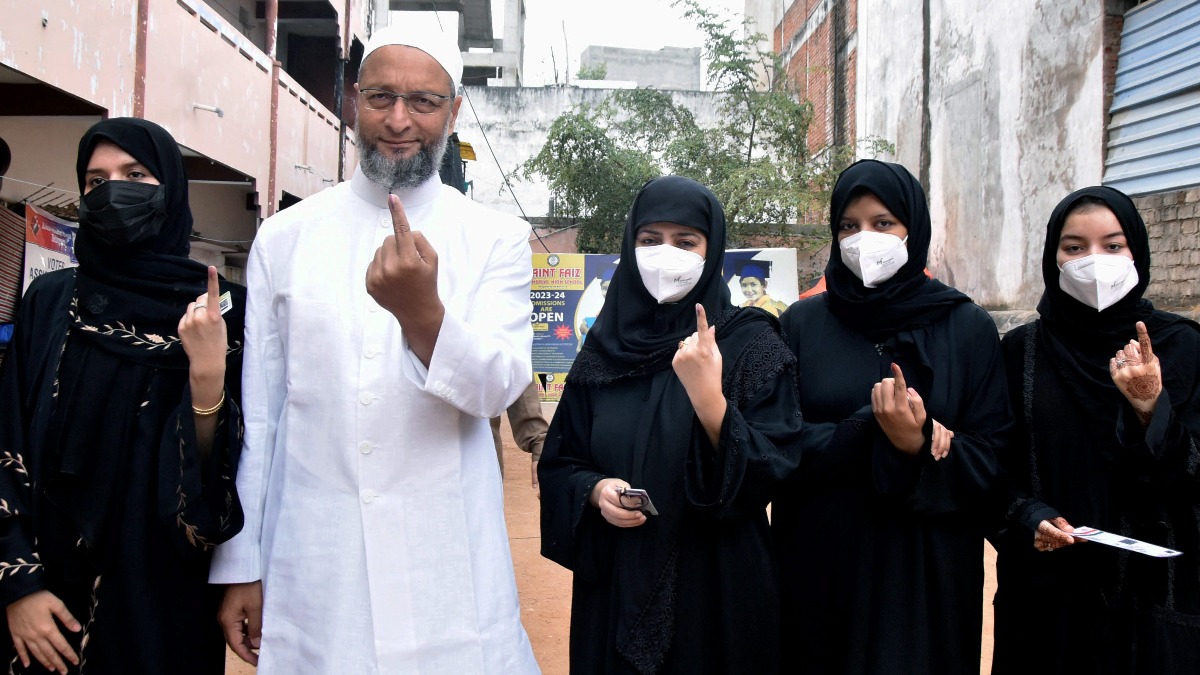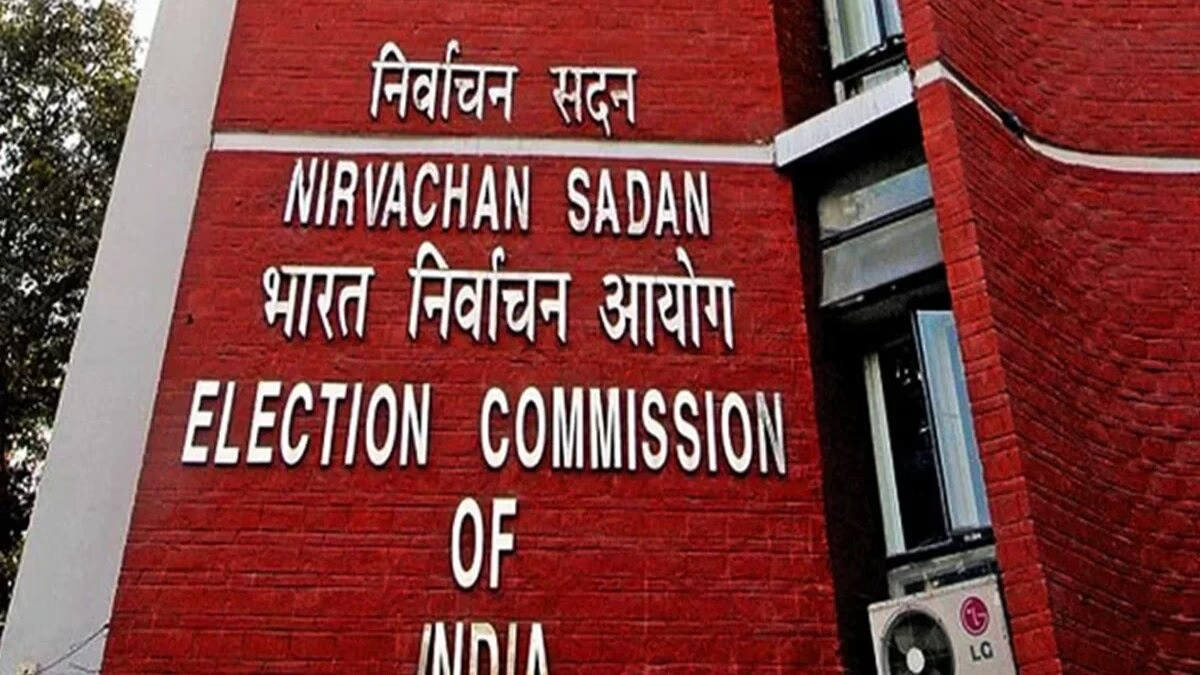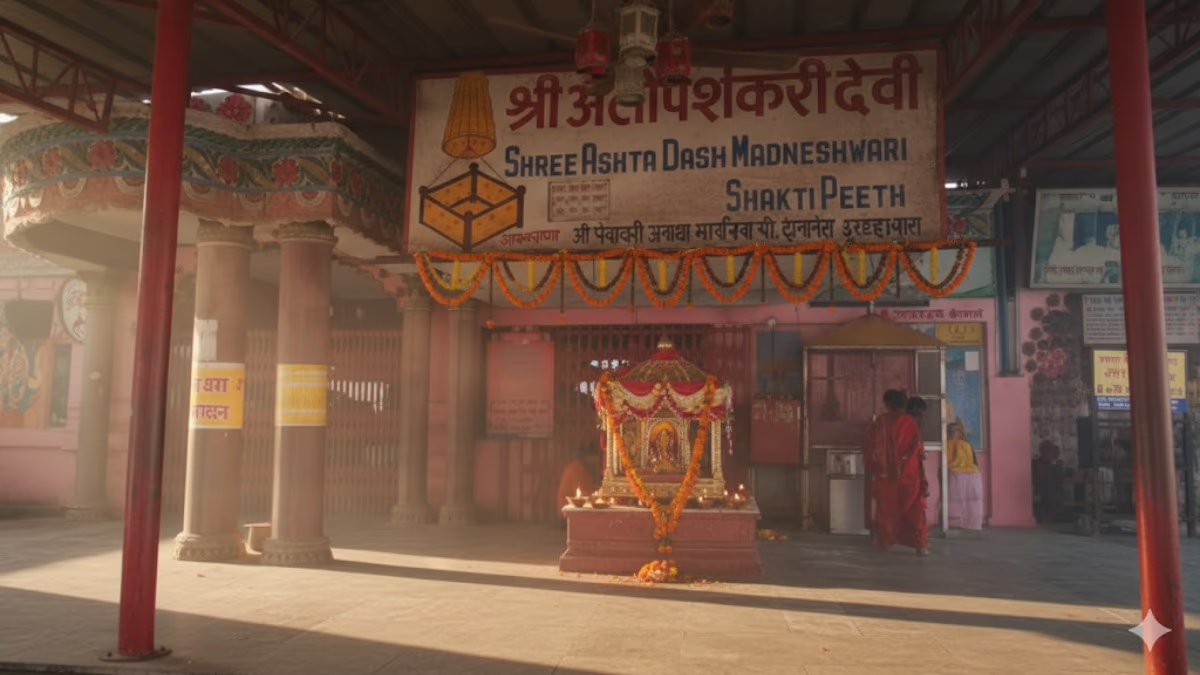The upcoming second phase of the Lok Sabha elections in Bihar sees the crucial region of Seemanchal with a significant Muslim majority. Four districts—Kishanganj, Katihar, Purnia, and Araria—are all predominantly Muslim, making these Lok Sabha seats tremendously significant for all political parties.
Asaduddin Owaisi's AIMIM, often referred to as 'the Hyderabadi party', has established a foothold in the Seemanchal area. In the 2020 Bihar Legislative Assembly elections, AIMIM's efforts paid off with five winning seats.
Owaisi has taken advantage of the region's lack of a local Muslim leader, becoming a household name in Seemanchal. Over the past decade, Owaisi has focused on addressing the region's underdevelopment, and has announced his candidacy in this Lok Sabha election.
Owaisi initially planned to contest 16 seats across Bihar, but has now fielded a candidate only in Kishanganj for the subsequent phases.
The Kishanganj-Owaisi Connection
Kishanganj, with the highest Muslim population among the four districts at about 68%, includes areas from both Kishanganj and Purnia districts. Historically, the Congress party has held sway here, with Asrarul Haq and Dr. Mohammad Javed winning in 2009, 2014, and then in 2019, when nearly all of Bihar leaned towards NDA.
Owaisi introduced his party's Bihar state president and legislator Akhtarul Iman as their candidate for Kishanganj, intensifying the political contest. With AIMIM's interference, there's palpable unease within the grand alliance, especially considering how AIMIM disrupted their game in the previous election.
Tejashwi Yadav of RJD has repeatedly warned voters about Owaisi's role, branding him BJP’s B team. Young Muslim voters, however, see no other prominent leader in Bihar and consider Owaisi their future.
There's a split among Muslim youth, with some appreciating Narendra Modi's government, while others express dissatisfaction with Tejashwi Yadav, accusing RJD of only exploiting Muslim votes.
Purnia's Political Chess by Pappu Yadav
In the second phase, voting also takes place in Purnia, another Muslim majority area. Purnia has been an NDA stronghold, with BJP's Pappu Singh and JDU's Santosh Kushwaha winning in successive elections. However, Bima Bharati's recent switch from JDU to RJD, becoming the grand alliance candidate, creates a triangular contest with Pappu Yadav now running as an independent, complicating the electoral battle for NDA.
Neck-and-Neck Race in Katihar
Katihar, nearly 45% Muslim, has no consistent voting pattern, with representatives from BJP, NCP, and JDU winning in previous elections. The current fight is between JDU's Dulal Chand Goswami and Congress' Tariq Anwar. Despite the divisions, locals assert that voting transcends religious lines, supported by Goswami's victory in an alliance-dominated 2019 election.
Araria's Political Equation
Araria district comes third in Muslim majority within Seemanchal. The political sway oscillates between BJP and RJD here. Muslim voters who are disillusioned with Owaisi label him as BJP's ally and seek solace in the grand alliance, hopeful for employment opportunities spearheaded by Tejashwi Yadav.




